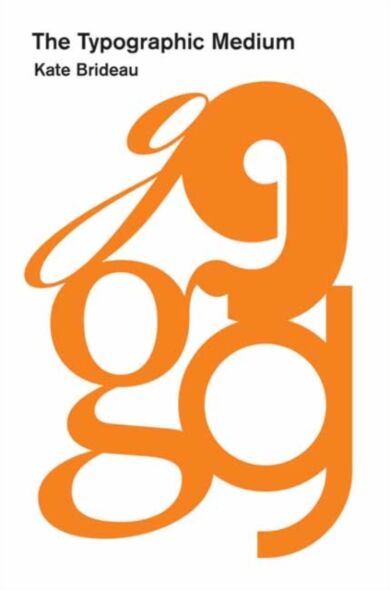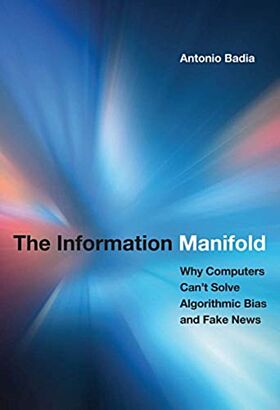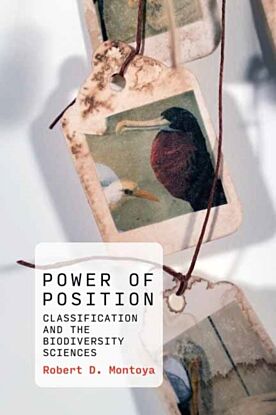The Typographic Medium
History and Foundations of Information Science
- Format: Innbundet
- Antall sider: 432
- Språk: Engelsk
- Forlag/Utgiver: SD Books
- Serienavn: History and Foundations of Information Science
- EAN: 9780262045858
- Utgivelsesår: 2021
- Bidragsyter: Brideau, Kate
589,-
An innovative examination of typography as a medium of communication rather than part of print or digital media.
Typography is everywhere and yet widely unnoticed. When we read type, we fail to see type. In this book, Kate Brideau considers typography not as part of "print media" or "digital media" but as a medium of communication itself, able to transcend the life and death of particular technologies. Examining the contradiction between typographic form (often overlooked) and function (often overpowering), Brideau argues that typography is made up not of letters but of shapes, and that shape is existentially and technologically central to the typographic medium.
After considering what constitutes typographic form, Brideau turns to typographic function and how it relates to form. Examining typography''s role in both the neurological and psychological aspects of reading, she argues that typography''s functions exceed reading; typographic forms communicate, but that
Typography is everywhere and yet widely unnoticed. When we read type, we fail to see type. In this book, Kate Brideau considers typography not as part of "print media" or "digital media" but as a medium of communication itself, able to transcend the life and death of particular technologies. Examining the contradiction between typographic form (often overlooked) and function (often overpowering), Brideau argues that typography is made up not of letters but of shapes, and that shape is existentially and technologically central to the typographic medium.
After considering what constitutes typographic form, Brideau turns to typographic function and how it relates to form. Examining typography''s role in both the neurological and psychological aspects of reading, she argues that typography''s functions exceed reading; typographic forms communicate, but that






